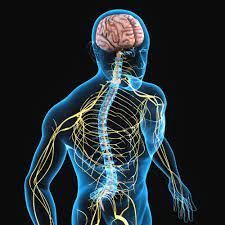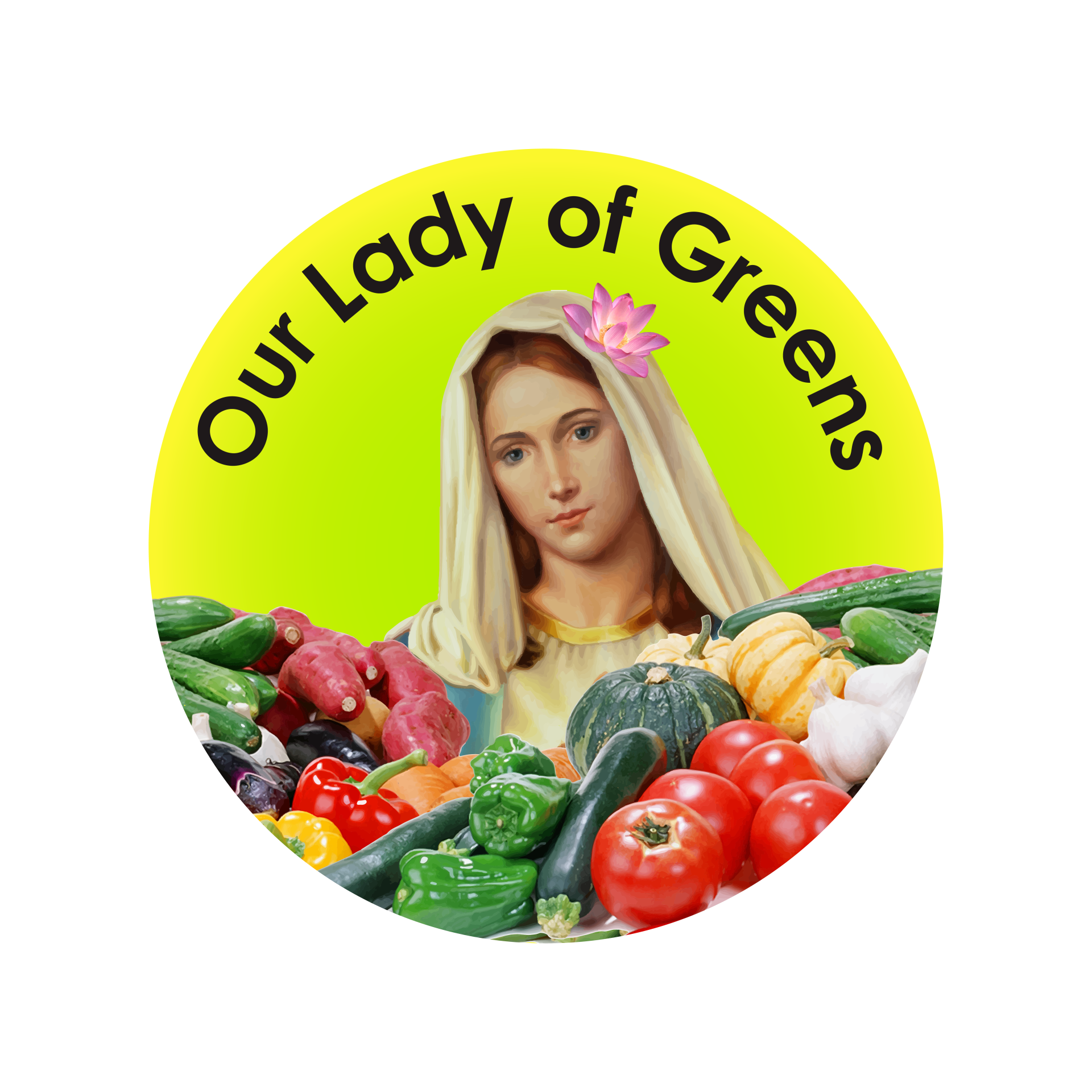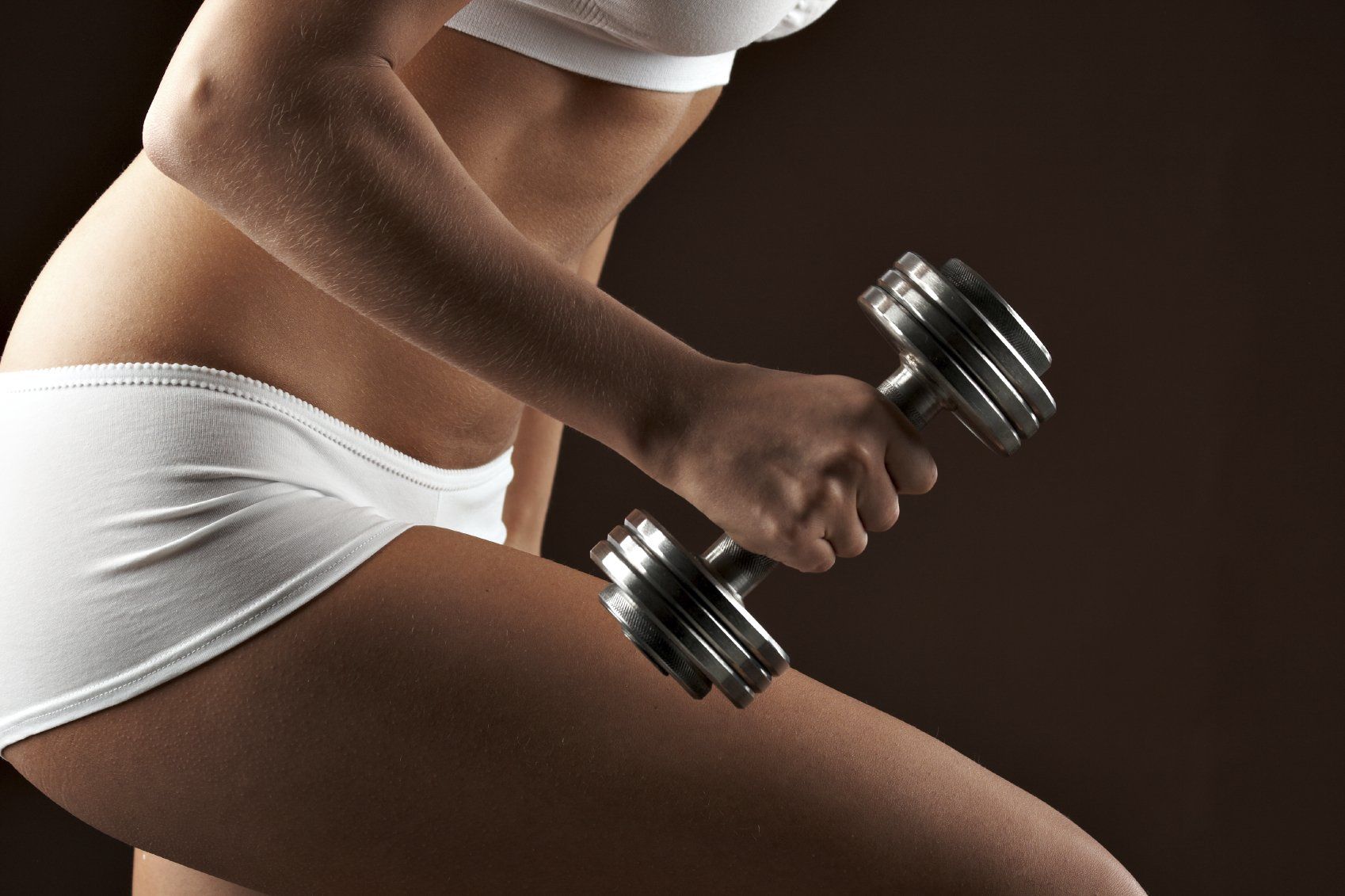Starter kit for indoor food growing
We offer you all the info and tips you need to get you started in your mindful indoor vegetable and cooking herbs garden.
The results of recent research conducted by Our Lady of Greens using social media showed that more than 60% of participants would like to be involved in the entire growing process from seedling to harvest. However, 40% said that they haven’t tried to grow their own food because of a lack of knowledge.
Growing indoors is easier than growing outdoors as you won’t have to do any digging nor weeding; and plagues will be no issue. In addition, you’ll be able to choose what you want to grow all year round as temperature and weather in general won’t be a problem.
Start your growing food adventure
These are the fundamental items that any beginner grower will need in order to start their food growing adventure:
🌱 Seeds or plants
🌱 Pots for seeds or plants
🌱 Medium to grow
🌱 Fertiliser
🌱 Light
🌱 Water
Tools such as garden snips; hand fork and trowel; and gloves are nice to have, and you might find they will become increasingly helpful once you are more established and your plants are more matured.. Just make sure you keep them only for indoor use. Otherwise, you risk bringing outside plagues into your indoor plants.
What can I grow?
What you can grow pretty much depends on your space and personal preferences. For beginners or someone who just has an average amount of space to dedicate to indoor growing, small vegetables, cooking and tea herbs would be perfect. That would include amongst others pak choi, dwarf tomatoes, chilli peppers, radishes, basil, coriander, parsley, mint, or camomile.
Is hydroponics a good choice?
Hydroponics is the use of other mediums rather than soil to grow your plants. Coco coir -made from the fibre of coconut husk- is one of the most popular alternatives to traditional soil due to its many advantages. Highly efficient at retaining moisture, coco coir requires less water than traditional soil. Its light and airy consistency help plants develop strong and healthy roots. Besides, coir is a sterile medium that doesn't come with an unwanted organism.
When making a choice of what medium to use, have in mind that it wouldn’t be a good idea to move already established plants from soil to coco coir as they would struggle to adapt. Instead, decide what medium you want to use from the beginning and stick to it through the process.
Seedlings vs grown plants
Seedling is recommended as will save you some money; and give you more choice as it’s not weather dependent. On some occasions, if you are looking for immediate access to produce, you may consider buying small plants and continue to grow them at home. Bear in mind that most vegetable plants available from nurseries have been grown outdoors. That means that they might struggle when you move them indoors. Having said that, cooking herbs seem to be able to manage the change better and often succeed in the indoor environment.
Will my plants have enough light and water?
Light and water are an essential part of photosynthesis, the process by which plants use sunlight, water, and carbon dioxide to create oxygen and their own source of energy (glucose). When we grow indoors, both will have to be given manually to the plant, depending on every species specific needs.
In terms of light, the most sustainable way of replicating sunlight would be using LED lights. Growing lights would typically combine red and blue colours as those are the closest to the natural light. Plants that need flowering and give fruits will need more hours of lights than leafy vegetables and herbs.
Expect failures, nature isn’t perfect
On average, it’s recommended to seed at least 25% more than the desired amount of plants. Don’t get discouraged because not all your seeds sprout; or because your plants are not looking or developing as you would like them to. Those drop backs will often be an opportunity for you to understand more about plants and growing. Ultimately, if you trust nature few things can go wrong. However, if you do have questions or need further help, do post a comment below and we’ll get back to you. We’d love to help if we can!
Practice mindful gardening
Bringing nature into your everyday life can have a positive impact on your mental wellbeing. For example, growing food can improve your mood; reduce feelings of stress or anger; help you feel more relaxed; and boost your confidence and self-esteem.
Practice mindful gardening by not focusing on the outcome but instead enjoy every moment of the journey. From the moment you decide what seeds to plant, to when your harvest is ready for collection, every single day in your growing experience is worthwhile showing up for. Make your indoor garden an essential part of your daily spiritual routine. Enjoy the colours; smells; developments; ups and downs… By being present when you are around your plants, you will fully benefit from their energy and their beauty.
Show gratitude and become part of our community
Be thankful for being able to watch nature and life so closely, and for being the instruments through which life takes place. Aim to share your experience with others. Be part of our community of growers and benefit from the positive energy that the activity will bring to your life. Now more than ever, people are growing their own food and enjoying the benefits. Feel free to share your photos on social media and don’t forget to tag #ourladyofgreens. We’d love to be part of your journey.
Namaste.
















